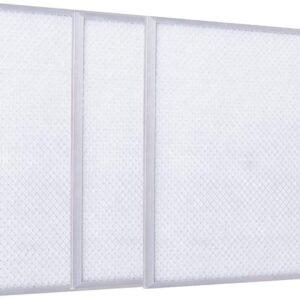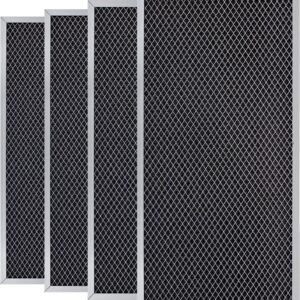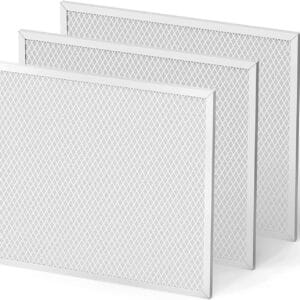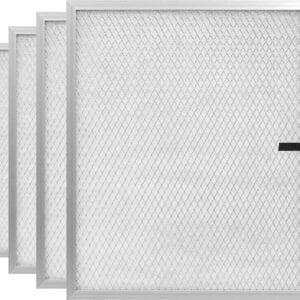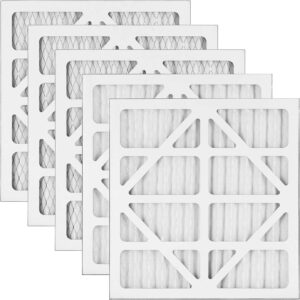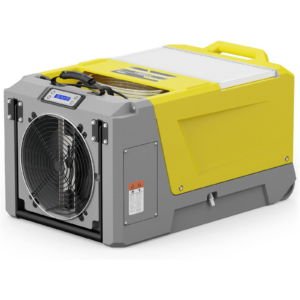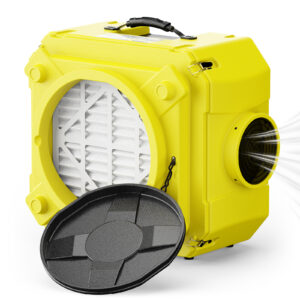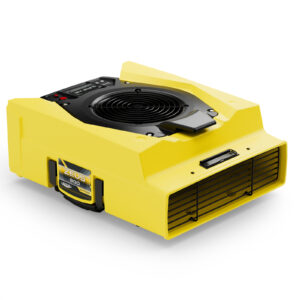Many Australians ask whether a dehumidifier can also cool a room. It’s a fair question, especially if you have been experiencing hot and humid days in the summer or any other time of the year. Although it does not blow cold air like an air conditioner does, it can cool a room down—and that is what matters.
Dehumidifiers function differently from air conditioners. Unlike regular air conditioners, which lower the temperature, dehumidifier purpose is to reduce the humidity. This makes the air feel less dense and thick and, therefore, assists with evaporating sweat and cooling the body. While the decrease will not be reflected on the thermometer, the room will definitely feel much more comfortable.
In this article, you’ll learn how dehumidifiers operate, where and when to use them, and how they can help enhance the indoor environment in residential and commercial buildings.
What Does a Dehumidifier Actually Do?
The main function of a dehumidifier is to reduce the amount of moisture in the air. This is especially true in regions such as Brisbane, Sydney, and Darwin, where the relative humidity is rather high, and the indoor environment tends to feel stuffy.
When the air is moist, everything feels wet to the touch. It also reduces the rate at which sweat can evaporate on the skin, hampering heat dissipation in the body. This is probably why you might feel hot even in temperatures that are not very high because of the humidity.

This appliance decreases the amount of humidity in the air, preventing that tacky feeling. It does not alter the room’s temperature, but it alters the perception of comfort, making the air in the room less humid and more easily inhaled.
So, Does It Lower the Temperature?
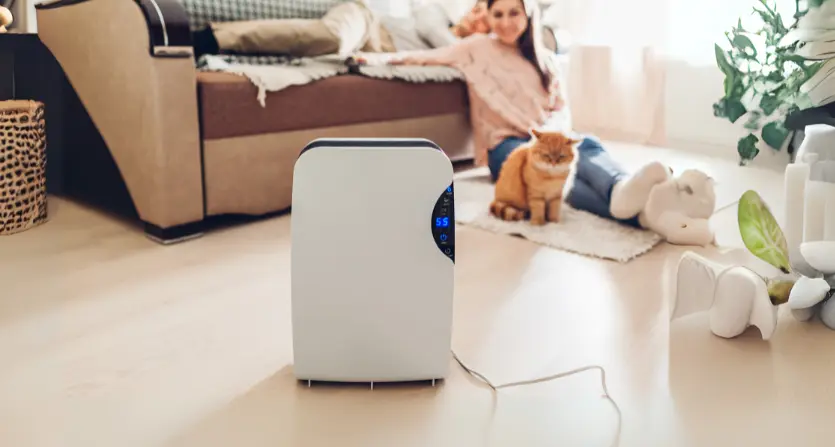
No, a dehumidifier doesn’t cool the air like an air conditioner but works to reduce moisture levels in the air. It might emit a small amount of heat as it operates, but don’t worry—the change is very slight.
The main advantage here is that dry air feels cooler than wet air. Low humidity makes it easier for your body to perspire and regulate its temperature. That is why a dry 30 degrees Celsius in Melbourne would feel quite comfortable, unlike a similar temperature in Brisbane, which can be hotter due to the humidity.
So, even if the temperature remains slightly higher or similar to normal, a dehumidifier makes you feel less hot because the air is drier.
Dehumidifier Vs Air Conditioner – What's The Difference?
While air conditioners and dehumidifiers may have some similarities, such as using fans and coils, they are designed for different uses.
An air conditioner cools and dehumidifies a room by blowing the air through the cooling process. It alters the temperature and makes your house feel cool during the summer.
An air dehumidifier, in contrast, aims to ease humidity levels within the room. It doesn’t cower cold air or adjust the temperature in the building, but it contributes to providing a more refreshing, dehumidified environment.
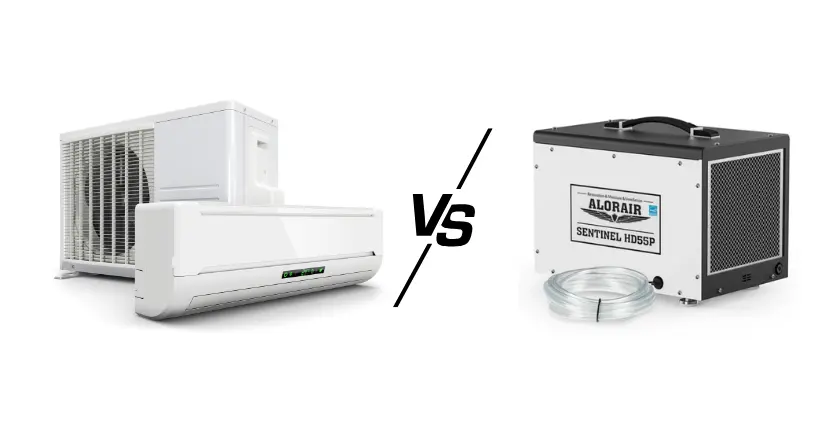
If you are more concerned with the heat, go for an air conditioner. However, a dehumidifier is the most appropriate appliance if the humidity level is causing you concern. It also does not allow the build-up of mold, mildew, and other allergens – something that air conditioners are not very efficient at doing.
How Dehumidifiers Make a Room Feel Cooler
Humidifiers don’t lower the temperature but alter its perceived feel. When the air is dry, you can sweat and cool your body without reaching for a fan or a glass of water.
You will also notice that the air circulation in the room feels much better in a dry environment. Even though the speed is the same, you will feel that the air is cooler and drier, allowing fans to work more efficiently.
Also, using a dehumidifier in the house with the air conditioner will make the air conditioner more efficient. It will not need to run as long or as much to cool the space, which helps save energy and lessen the system’s workload.
Dehumidifiers help cool and freshen your room, especially when the weather is humid.
Dry spaces prevent the formation of both mould and mugginess. Humidity builds while these organisms expand into significant colonies that produce foul odors and medical issues. These devices lower indoor moisture levels to create a clean environment throughout the house.
When Should You Use a Dehumidifier?
The best time to use a dehumidifier in Australia is during the warm rainy season, which also affects people living in coastal areas. The dehumidifier becomes necessary when buildings experience humidity problems that cause windows to mist and produce moldy odors.
The device works best within particular home zones. Basements and crawl spaces typically lack proper ventilation, making them prime locations for moisture accumulation. A dehumidifier optimised for dry air usage will enhance ventilation quality in confined interior spaces such as bathrooms, laundry rooms, and bedrooms.
AlorAir offers the best model for its reliable performance and extended lifespan among all available dehumidifiers. The product features Wi-Fi control, auto-defrost, and a compact design, making it simple to operate. Its coverage extends to 1300 sq. ft for areas prone to moisture in Australian houses.
Benefits of Using a Dehumidifier
Your current situation is that you have doubts about purchasing a dehumidifier. People need dehumidifiers in their homes due to various factors, including those mentioned below.
- A dehumidifier provides comfort by relieving users from concerns about suitable seating positions. It removes thick, sticky air while introducing fresh air to the room.
- There are also health benefits. Less humidity makes the air drier, restricting the growth of allergy-causing agents such as mold, mildew, and dust mites.
- When moisture levels soar excessively, a dehumidifier safeguards your residential space and household items. High moisture levels threaten furniture, electronics, and wooden decorations. Preventing environmental humidity from rising will help protect your valuable possessions.
- Using dehumidifiers helps reduce overall energy consumption. Using your air conditioner at a lower working capacity will minimise energy consumption, which can lower your utility bills.
Tips for Getting the Most from Your Dehumidifier
- The fully felt impact of your dehumidifier requires proper usage techniques. Start by shutting your windows and doors when the device operates because this minimises outside moisture from entering.
- Position your dehumidifier near the most moisture-heavy area, yet keep it safe from any objects, including walls. You must check water tank levels often on every faucet because frequent emptying is necessary. If your unit includes a drain hose, you should maintain continuous drainage.
- The recommendation is to perform filter cleaning. Air filtering remains critical because it maintains the efficient operation of your unit while sustaining high-quality house air circulation.
The Bottom Line
Without functioning like an air conditioner, a dehumidifier handles humidity to improve space temperature, enhancing comfort. Australian families who want relief from hot and humid indoor conditions will benefit from this device, which helps their health and home management while reducing energy consumption.
Purchasing an Air Dehumidifier effectively eliminates indoor stickiness when you want to avoid using air conditioning. AlorAir’s Best Dehumidifier offers reliability and power performance features among the market options.
A dehumidifier does not technically lower temperatures but remains a top solution for comfort when faced with stubborn Australian humidity.



